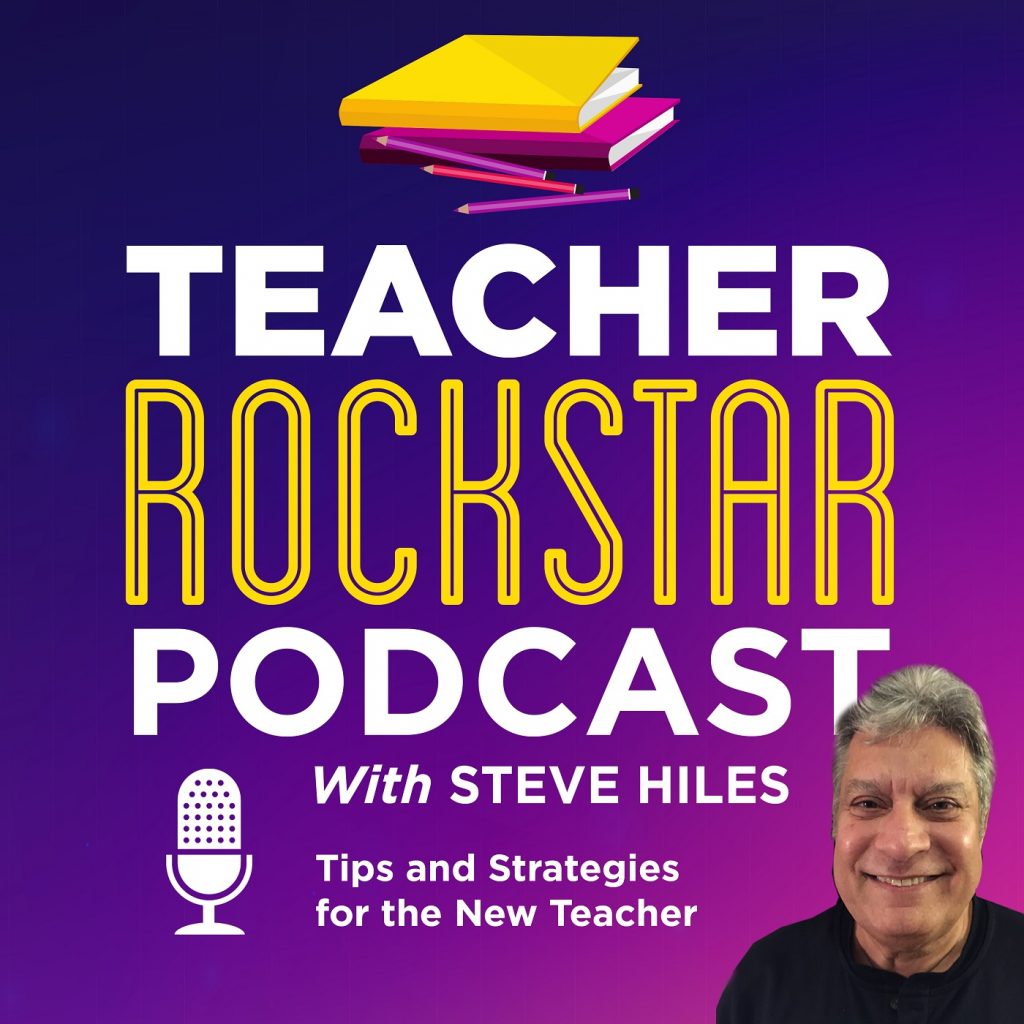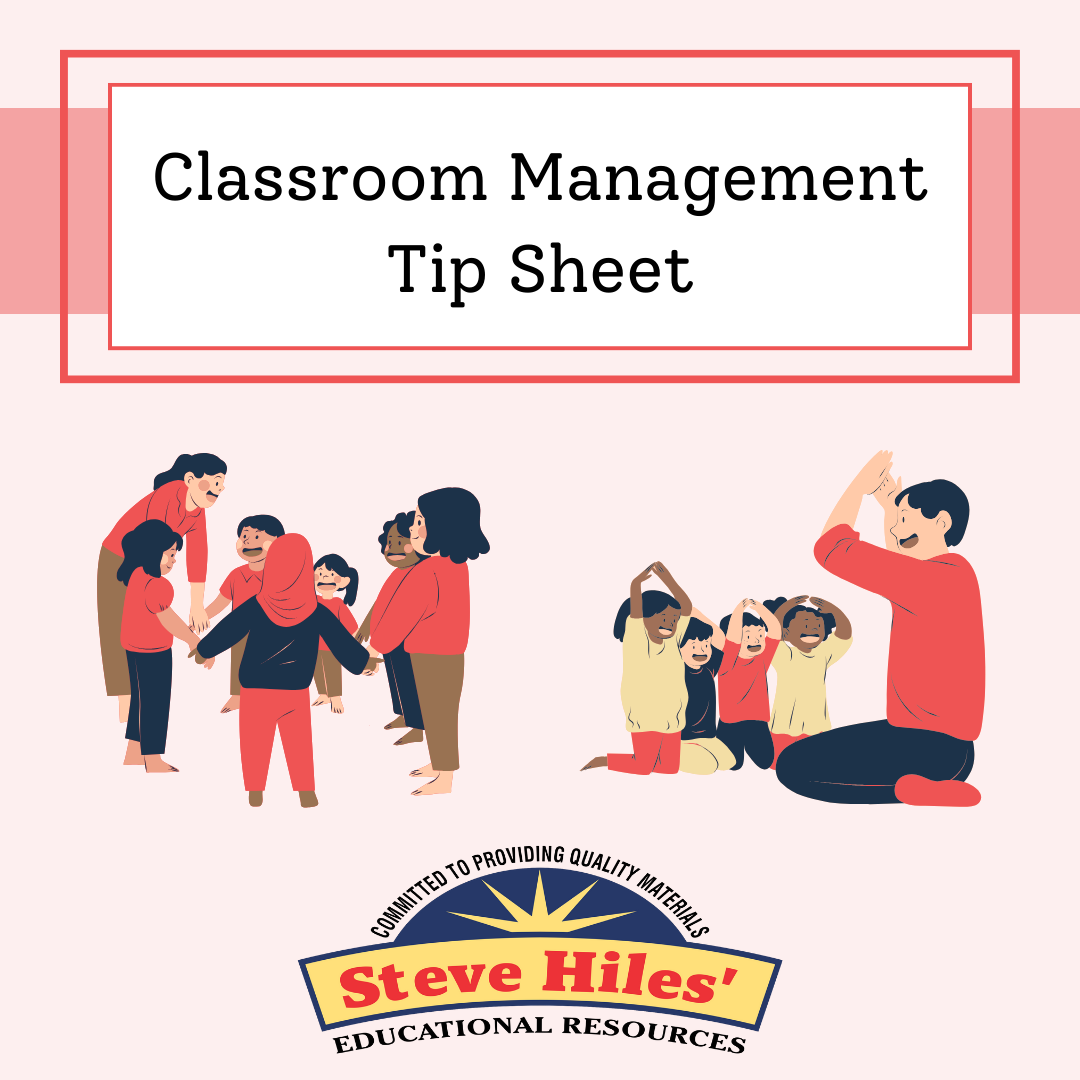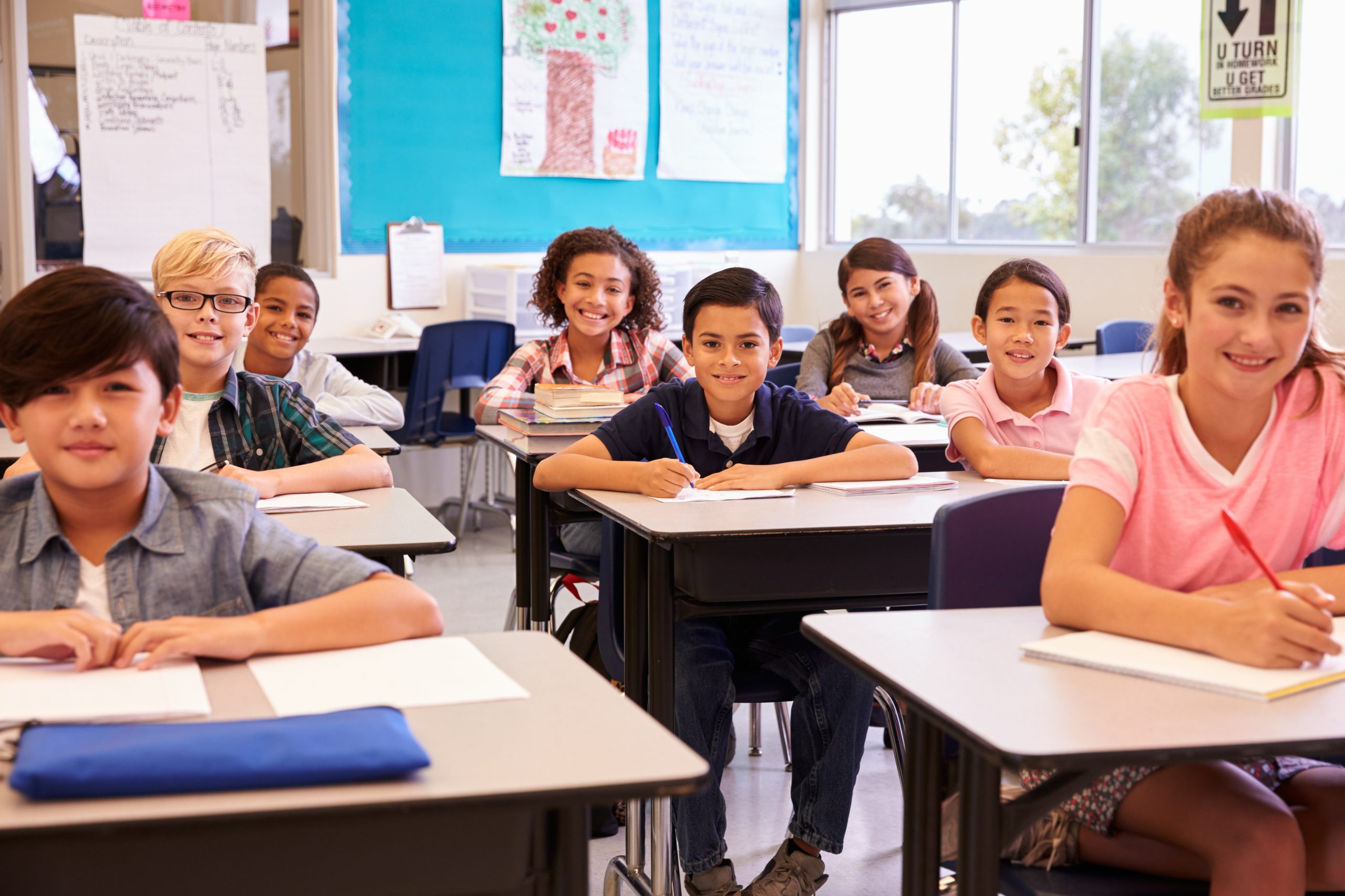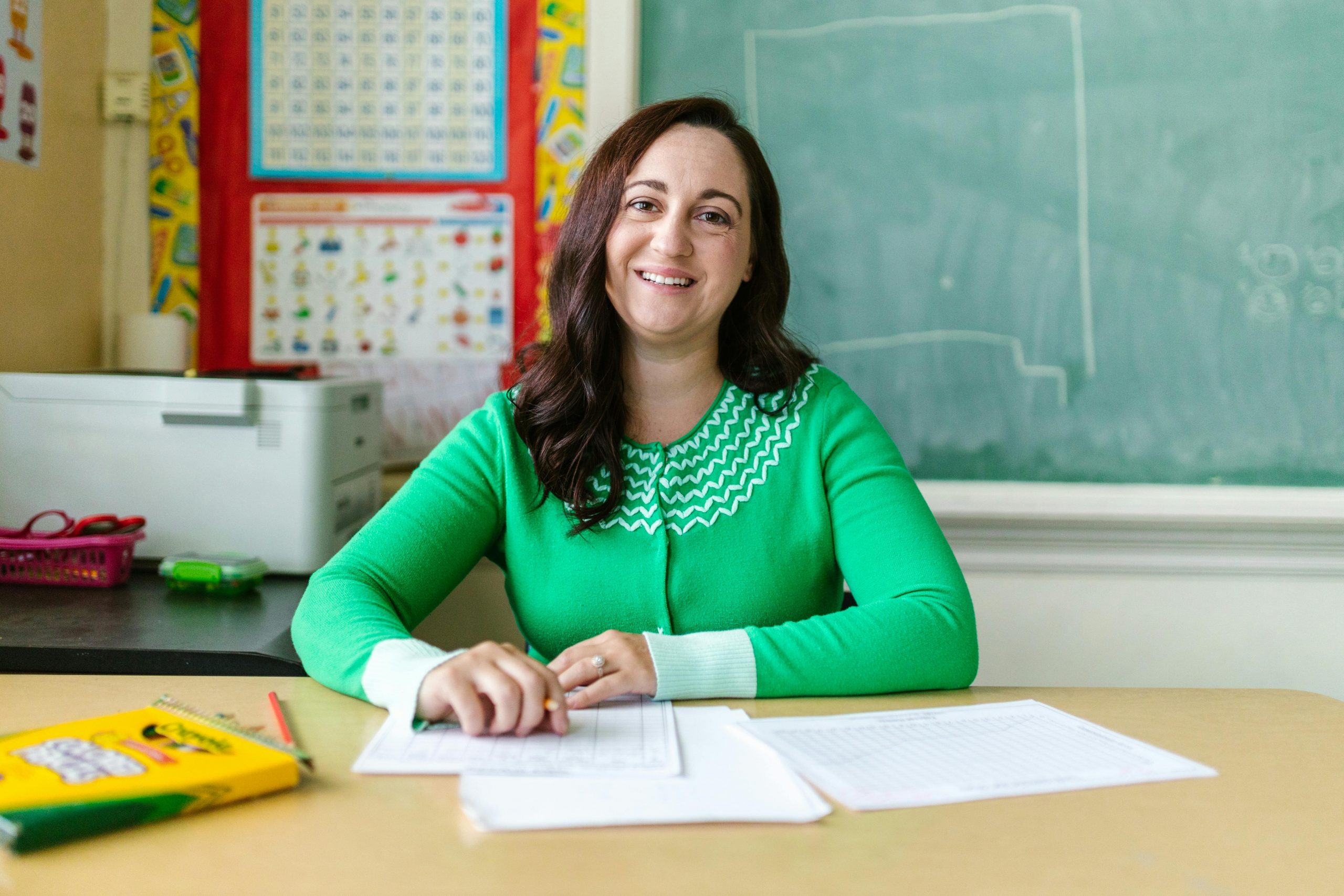Let’s talk about the secret ingredient to an amazing classroom: strong relationships with your students. Sure, you can have the best lesson plans, the most organized classroom (gold star for you!), and a Pinterest-worthy bulletin board, but if you’re not connecting with your students, it’s like making spaghetti without the sauce—functional, but kind of dry and uninspiring.
Strong relationships are the foundation of everything good that happens in a classroom. When students feel seen, heard, and valued, magic happens. They’re more likely to engage, take risks, and—here’s the kicker—even behave better. Yep, building relationships can help you cut down on those “hands on your own desk, Timmy” moments.
But building relationships isn’t just about remembering birthdays or what sports teams your students like (although those are great touches). It’s about creating trust. Trust lets students know you have their back, even on tough days. It’s what makes them willing to tackle a tricky math problem or share a personal story during writing time.
And let’s be real: building these connections isn’t always easy. Some days, it feels like trying to crack a code, and other days, you’re dodging flying erasers. But trust me, the payoff is worth it. A classroom where relationships come first isn’t just happier—it’s more productive. And hey, who doesn’t want fewer flying erasers?

Here’s the thing: building strong relationships with your students doesn’t mean you have to be their best friend or let them get away with murder (or chewing gum in class, which can feel like the same thing some days). It’s about setting boundaries while showing you care. Students thrive on structure, but they also need to know there’s a human being behind the rules—a human who believes in them even when they’re testing your patience at the end of a long Tuesday.
One of the best ways to foster these connections is by being intentional. Greet your students at the door, ask them about their weekend soccer game, or notice when they’ve finally nailed long division after struggling for weeks. These little moments of attention build big trust over time. Even the small stuff—like remembering that Alex prefers blue markers over red—can make a world of difference. It tells students, “Hey, I see you, and you matter.”
And here’s a fun bonus: strong relationships don’t just make your students happier—they make you happier too. When you have that connection, teaching feels less like a chore and more like a calling. You start to see the quirks and personalities behind the homework excuses and messy desks, and suddenly, you’re reminded why you chose this crazy, wonderful profession in the first place. So, lean in, build those bonds, and get ready to see your classroom transform—one relationship at a time.









